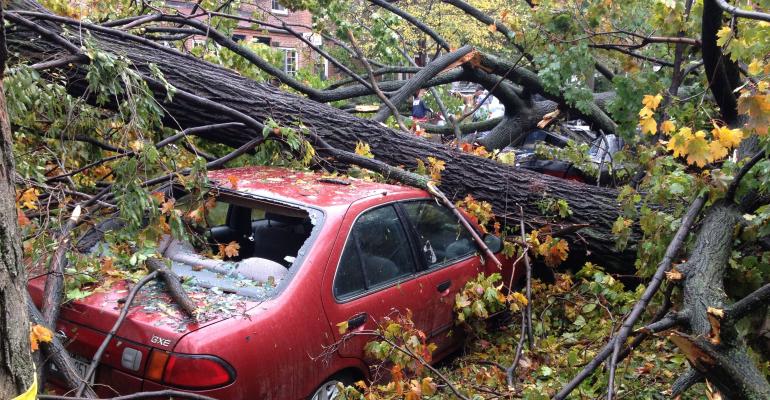Millions of residents throughout the northeast are picking up the pieces of their lives today, dealing with major flooding, fires and infrastructure disruptions. The storm was blamed for the death of over 30 people, and has left some 8 million residents across 17 states without power.
The New York Stock Exchange will resume business tomorrrow, Wednesday. Reuters reported that exchange officials had debated leaving the electronic trading intact on Monday and Tuesday, but feared the dramatic increase in trading volume would overwhelm the channel.
As of Tuesday afternoon, officials planned to open both the electronic exchanges and the physical trading floor, but, the New York Times reports, some trading partners are still having connectivity issues. Some 30 employees of the exchange slept on the floor overnight Monday preparing for the opening.
Advisors should be certain that their trading platforms and custody and clearing partners have full, unhindered connection to the exchanges before placing orders for clients. Look for exchange officials to ensure that bid-ask spreads are not being affected by lingering connectivity issues.
But while the stock exchange will be open, mass transit options in New York City will be curtailed for "four to five days," according to Mayor Michael Bloomberg. That will affect businesses in the heart of the city's financial district.
The disaster will certainly leave financial advisors scrambling to answer questions from clients, mostly around issues of insurance. It's unclear the extent to the damage, but advisors should be telling clients to document all damage extensively, including video if possible.
New Jersey's Dept. of Banking & Finance has some guidelines for ensuring insurance claims go smoothly. They include:
- Assess the damage and make a record. Arrange for a qualified person to make temporary repairs to secure the property.
- Be fully aware of what is, and what is not, covered in a client's policy.
- If a client needs temporary lodging, make sure all expenses are recorded.
- File in a timely manner - most insurance companies have deadlines for filing.
- Try to be present when insurance claims inspectors visit the damaged site.
- Beware of fraud - after a disaster, it is common for less-reputable businesses to offer their services. Always check for licensed contractors and get a written contract before any work begins.
And if clients need a reminder how to prepare for the next natural disaster, Wells Fargo has a handy checklist.
Sam Stovall, chief equities strategist at Standard & Poor's Capital IQ, points out in a research note Monday that stocks usually rise in the aftermatch of major storms. Of the 13 worst hurricanes in U.S. history, only Ike in 2008 and Hugo in 1989 saw stocks that ended the following three and six-month periods in negative territory.
The median six-month gain in equity markets following major hurricans was a positive 6 percent, he says. Indeed, Stovall points out that equity markets are typically driven by broaded events than natural disasters, regardless of how much damage they appear to cause in the near term.
It may be municipalities that are hardest hit, according to Business Insider. They point to a note from Dave Lutz of Stifel Nicolaus pointing out that the economic toll is expected to exceed $20 billion, with insured losses of about $7 to $8 billion, according to Charles Watson of the Kinectic Analysis Corp., a hazard-research company in Silver Spring, Maryland. Much of the remaining tab will be picked up by cities and states to repair infrastructure, like subways and tunnels. The long-term effect on municipal finances, already strained, will be a continuing story to watch in the coming weeks.




